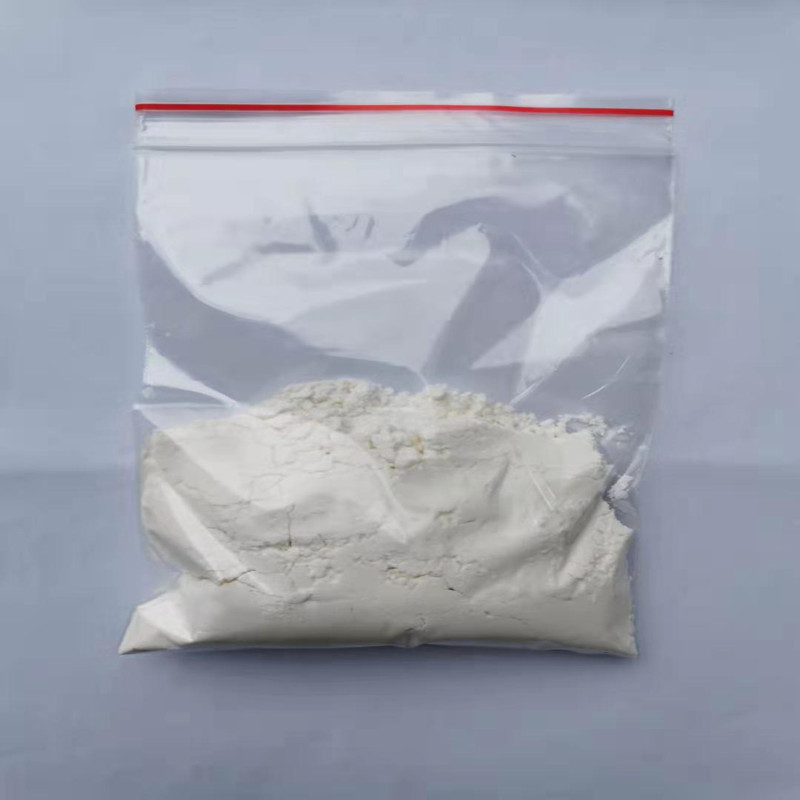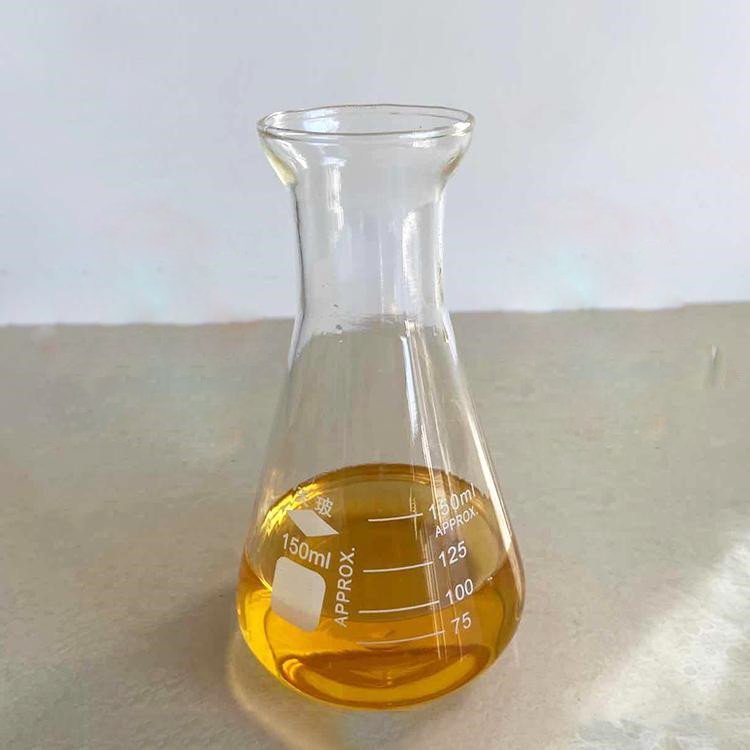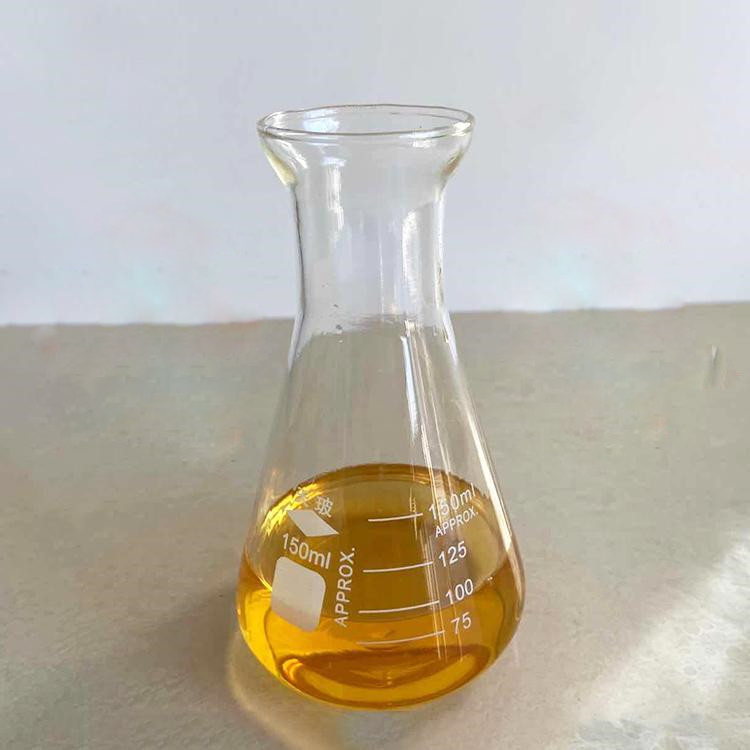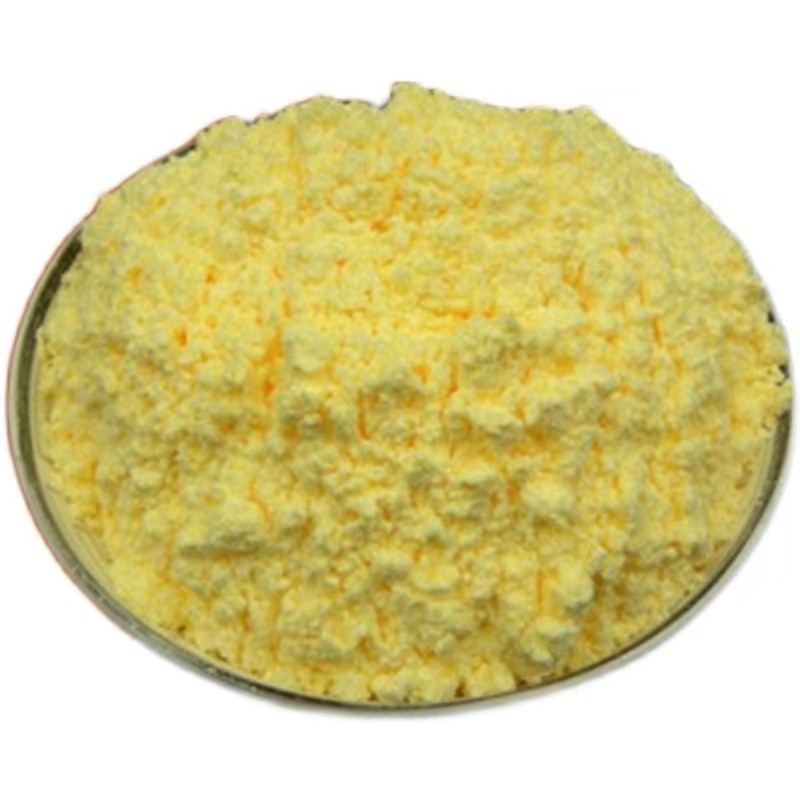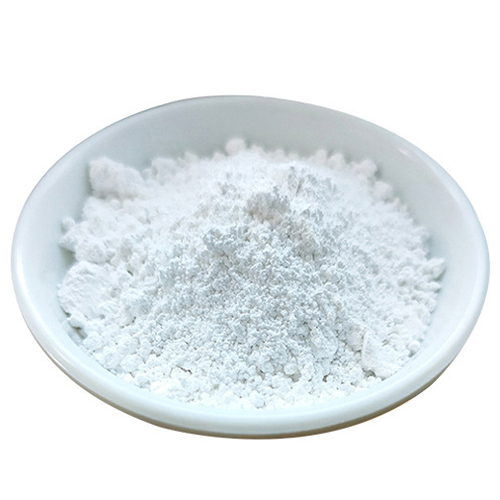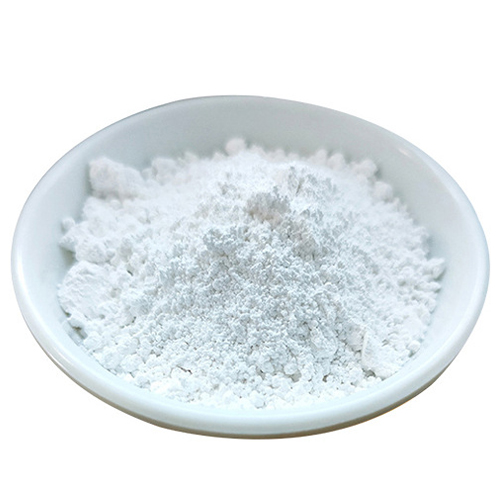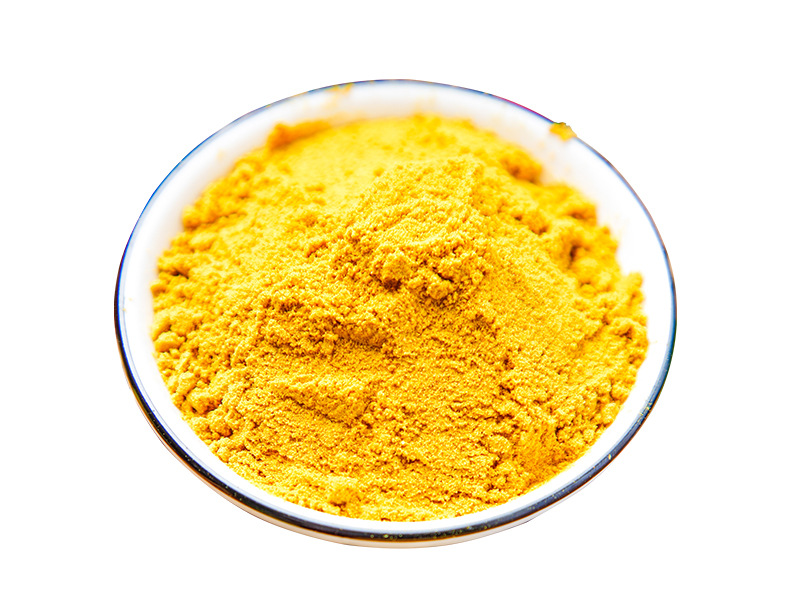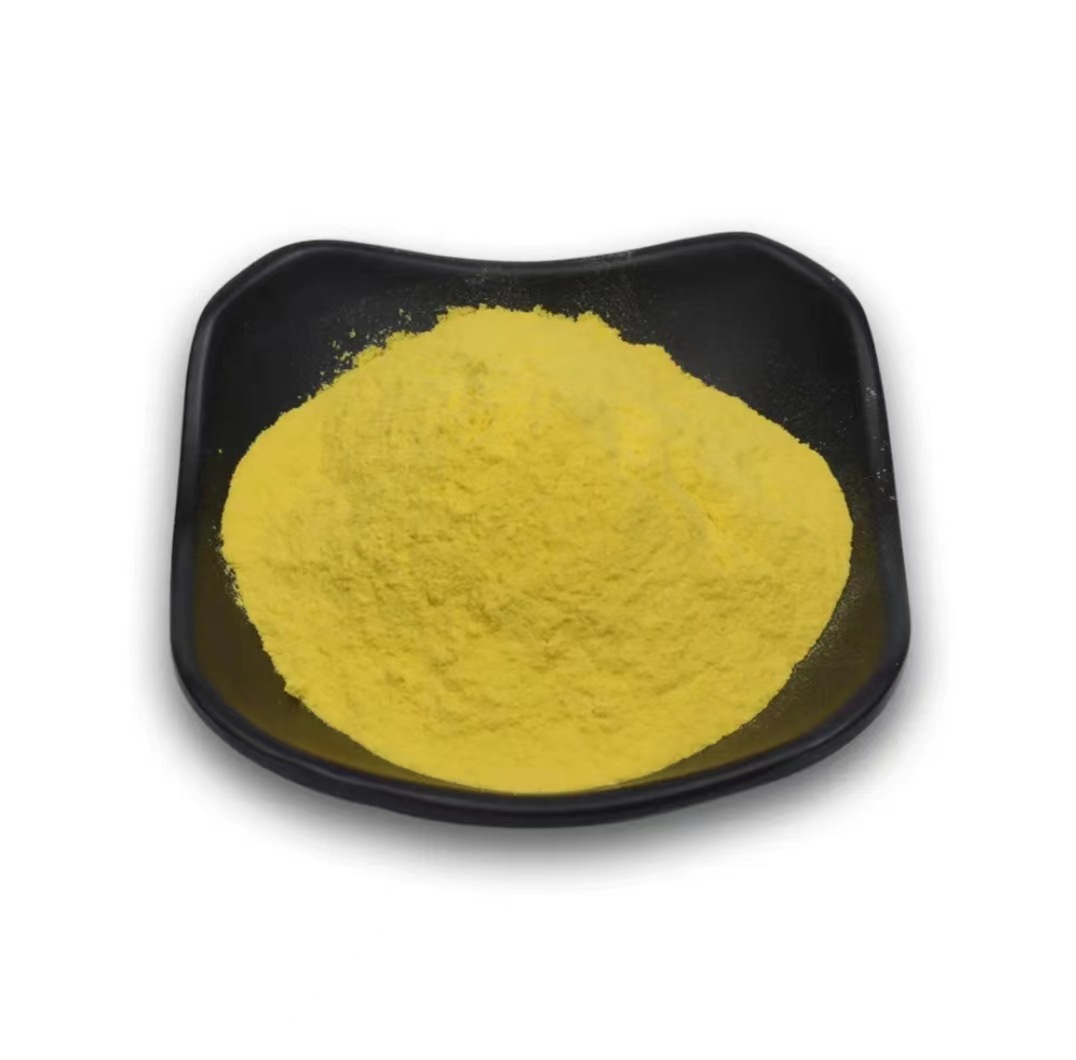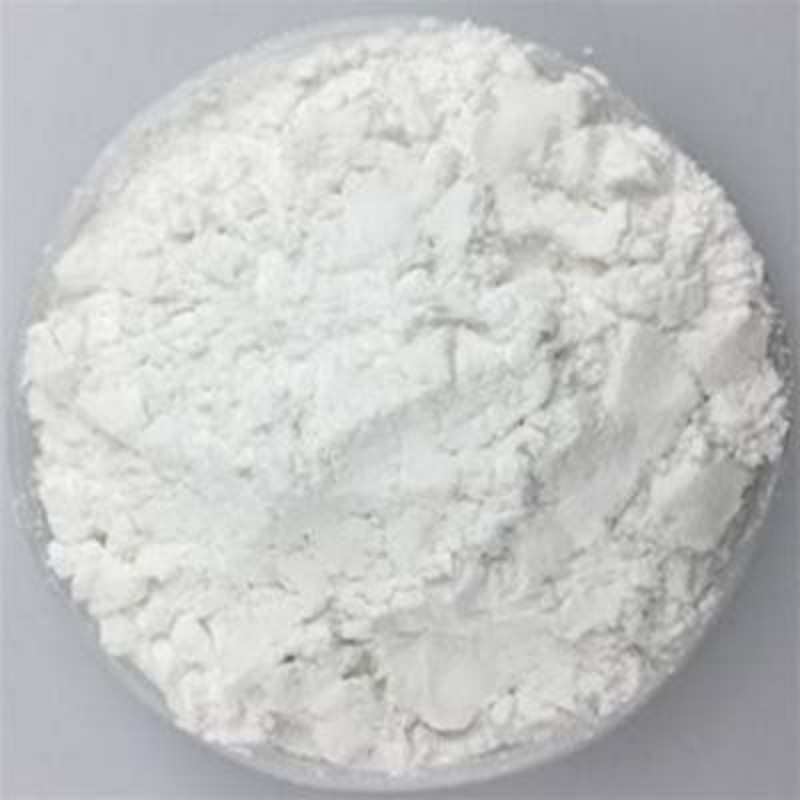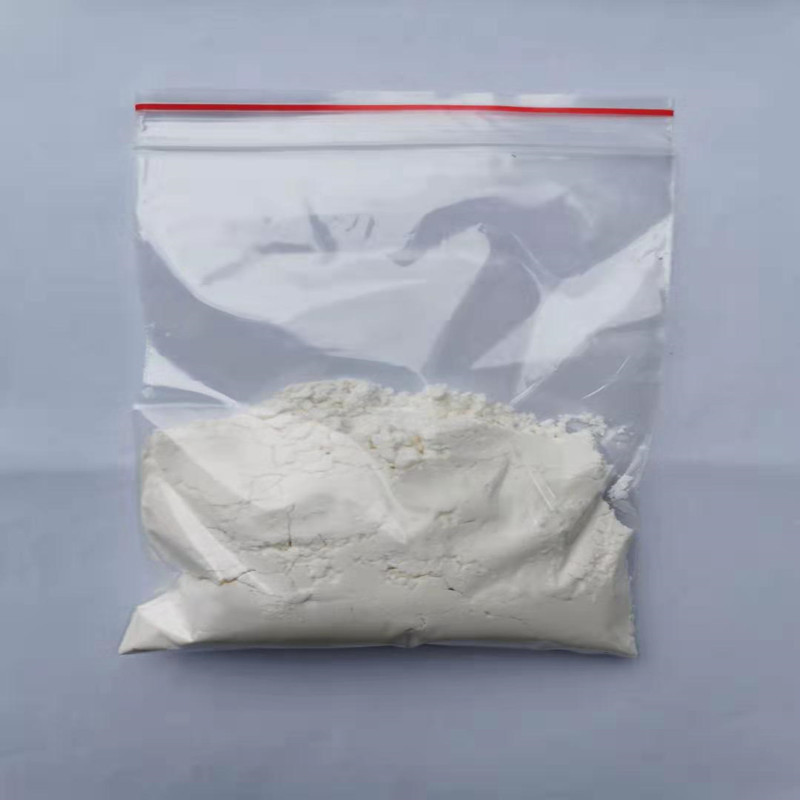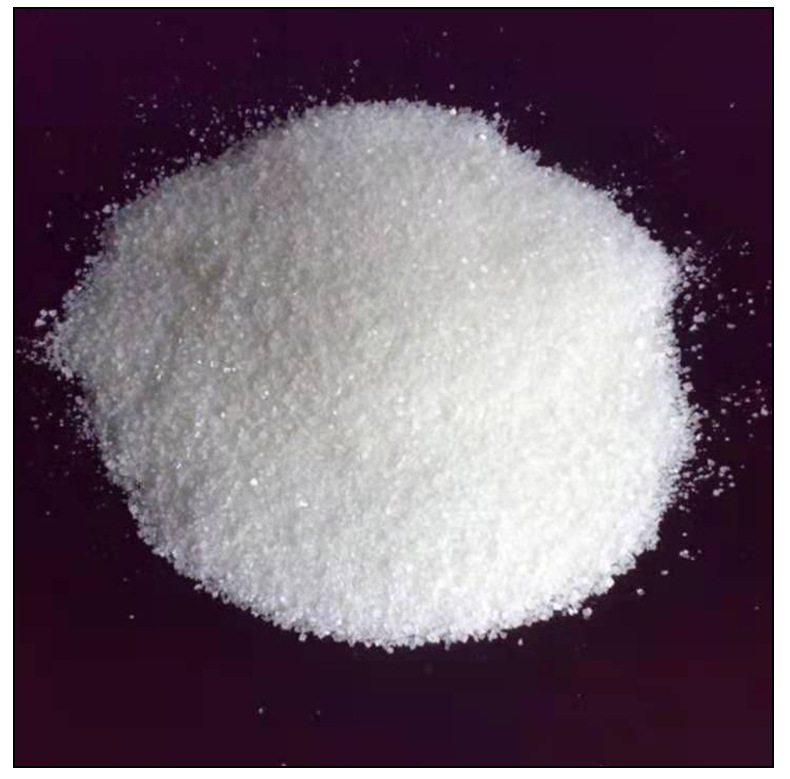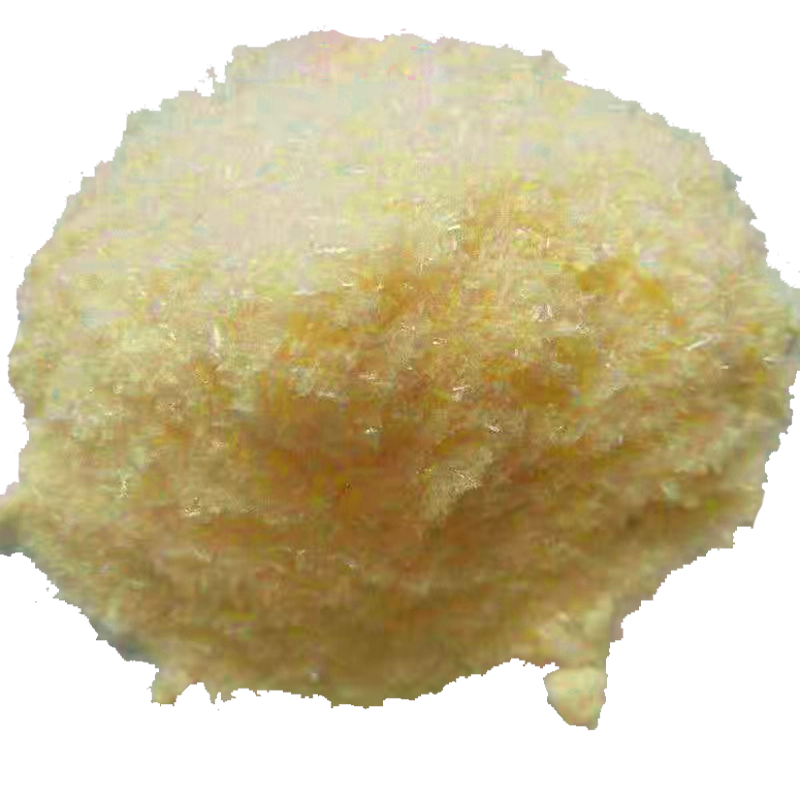Insecticide Spirodiclofen 97%TC Cas 148477-71-8
Spirodiclofen is a broad-spectrum acaricide that works by inhibiting lipid synthesis.
Learn More Get a QuoteInsecticide Cypermethrin 94%TC Cas 52315-07-8
Cypermethrin is a yellow to brown viscous solid, which becomes a viscous liquid at 60℃.
Learn More Get a QuoteInsecticide Malathion 90%TC Cas 121-75-5
Malathion is an organophosphate parasympathomimetic drug that irreversibly binds to cholinesterase. It is an insecticide with relatively low toxicity to humans.
Learn More Get a QuoteInsecticide Propargite 90%TC Cas 2312-35-8
Propargite product is a broad-spectrum, highly efficient, and low-toxicity acaricide with contact and stomach poison effects, without penetration and systemic action.
Learn More Get a QuoteInsecticide Clothianidin 97%TC Cas 210880-92-5
Clothianidin is a kind of insecticide in the neonicotinoids. It is a new type of insecticide with high efficiency, safety and high selectivity.
Learn More Get a QuoteInsecticide Thiamethoxam 97%TC Cas 153719-23-4
Thiamethoxam is a new neonicotinoid insecticide.It works by use of the insects' acetylcholine receptors, making is selectively toxic to insects but not mammals. As a broad-spectrum systemic insecticide in weed control, it is absorbed rapidly by plants and transported to all of its parts, the insects feed on the weed, and it enters the insect's system, and paralyzes it. As an insect bait, with Thiamethoxam, it is ingested, with death following.
Learn More Get a QuoteInsecticide Buprofezin 97%TC Cas 69327-76-0
Buprofezin is a new type of selective insecticide that inhibits the growth and development of insects. Buprofezin is an insecticide used for control of insect pests such as mealybugs, leafhoppers and whitefly on vegetable crops. It is a growth regulator, acting as an inhibitor of chitin synthesis.
Learn More Get a QuoteInsecticide Fosthiazate Cas 98886-44-3
Fosthiazate is an organophosphorus insecticide with strong contact killing activity.Fosthiazate Nematicide can control ground pests from Thysanoptera,Lepidoptera, Coleoptera and Diptera. It also has excellent effect to the underground root pests, acaride and nematode. It has a good systemic activity to the pests which have become resistant to the traditional pesticide.
Learn More Get a QuoteInsecticide MONOSULTAP 95%TC Cas 29547-00-0
MONOSULTAP is a synthetic insecticide that mimics the effects of the natural toxin found in the sandworm.Monosultap is a broad-spectrum insecticide used in agricultural production to control stem borers in rice fields.Monosultap is widely used to control rice diseases and prevent infestations by insects and pests.been widely used as a pesticide to control stem borer.
Learn More Get a QuoteInsecticide Cartap hydrochloride 98%TC Cas 15263-52-2
Cartap hydrochloride can be used to prevent and control various pests and nematodes, such as Lepidoptera, Coleoptera, Hemiptera, Diptera, etc., and have little impact on predatory mites.
Learn More Get a QuoteInsecticide Lufenuron 98%TC Cas 103055-07-8
Lufenuron is a lipophilic benzoylurea insecticide and chitin synthesis inhibitor that can be used for the control of fleas and fish lice.
Learn More Get a QuoteInsecticide Nitenpyram 95%TC Cas 150824-47-8
Nitenpyram is a neonicotinoid insecticide with unique chemical and biological properties. It mainly acts on insect nerves and has nerve blocking effect on synaptic receptors of pests. It is used in crops such as rice and vegetables. It has shown excellent activity against various aphids, whiteflies, rice leafhoppers and thrips. It has high efficiency and low toxicity. , systemic and no cross-resistance, and has a wide insecticidal spectrum and a long residual period
Learn More Get a QuoteWhat is Insecticide?
Insecticides are substances used to kill insects. They include ovicides and larvicides used against insect eggs and larvae, respectively. Insecticides are used in agriculture, medicine, industry and by consumers.
Features of Insecticide
Insecticides are pesticides that are formulated to kill, harm, repel or mitigate one or more species of insect. Insecticides work in different ways. Some insecticides disrupt the nervous system, whereas others may damage their exoskeletons, repel them or control them by some other means. They can also be packaged in various forms including sprays, dusts, gels, and baits. Because of these factors, each insecticide can pose a different level of risk to non-target insects, people, pets and the environment.
Practicing Integrated Pest Management can significantly reduce the amount of insecticides needed to control many insect problems.
Using more than one insecticide product in the same location can increase or decrease each one's effectiveness. It may also result in a greater risk to health and/or the environment.
Broad-spectrum insecticides are effective against all insects, even the good ones. Other insecticides target certain insects. Using a targeted insecticide minimizes the risk to beneficial or non-target insects.
Some insecticides work immediately to kill insects while others may need some time to take effect.
Insect growth regulators like pyriproxyfen and methoprene do not kill insects; they make it impossible for exposed insects to molt (grow) or lay eggs properly.
Insecticidal baits can be used instead of spraying large areas, especially for social insects like ants. This can decrease the risk of exposure, but remember to place baits where children and pets won't have access.
Applications of Insecticide
Pesticides are chemical compounds that are used to kill pests, including insects, rodents, fungi and unwanted plants (weeds). Over 1000 different pesticides are used around the world. Pesticides are used in public health to kill vectors of disease, such as mosquitoes, and in agriculture to kill pests that damage crops
Suppliers of Insecticide
Agripestcide is a professional agrochemical manufacturer, providing herbicides, insecticides, microbial fungicides, plant growth regulators and other products. If you are looking for Insecticides, please feel free to contact us for the latest price.

